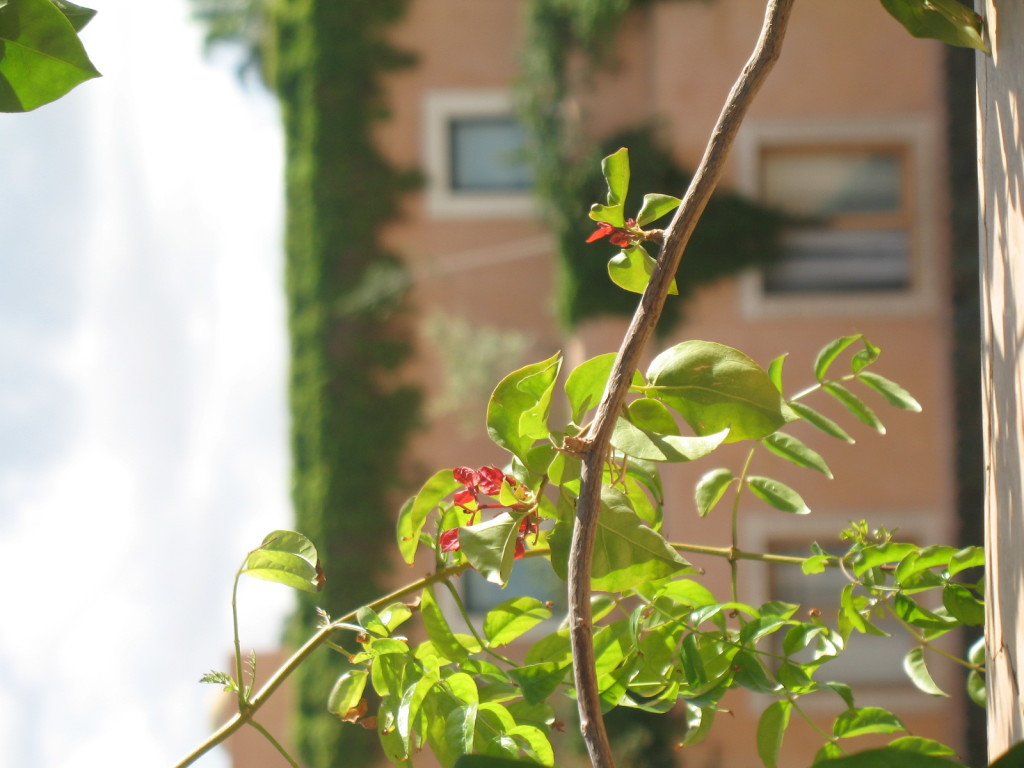I’m just back from a long weekend break in Prague which has inspired its own post for another time. For now I wanted to share some news.
Longer term readers will know that my blogging adventures started with a foray into writing haiku. For some time I had two separate blogs running (Frictionless Living and a haiku related site). I decided some time ago to concentrate efforts on Frictionless and I hope this site is better for that decision.
However, I still enjoy writing short form poetry. The problem is it doesn’t always sit well on this site so I’ve decided to set up a Medium collection to deal with that.
Frictionless will still be my main focus but along with my posts over at the Huffington Post, I will also be posting fairly regularly to The Haiku Corner. I’m a writer that enjoys the freedom of a few hats so hopefully these forums give me a little room to experiment.
For those of you unfamiliar with haiku here is some information that should help:
Haiku is a poetic form written in 17 syllables (often in three short lines of 5, 7 and 5 syllables or sometimes in a single line). It can capture a feeling, image or even something less serious. Haiku originated in Japan around the 9th century.
Japanese (Traditional)
Japanese haiku is composed of 17 sound units divided into three parts – one with 5 syllables, one with 7 syllables and another with 5 syllables. Since sound units are much shorter than English syllables, it has been found that following the traditional rules in English results in a much longer poem.
The Japanese often write their haiku in one line. However because of their longer history of reading haiku, it is understood that there may be two parts to the poem even in the one line.
Contemporary Variations on the Theme
In contemporary variations of haiku, each part of the poem is often given its own line in order to clearly divide the parts of the haiku (often 3 lines). This allows the reader time to form an image in the mind before the eyes go back to the left margin for more words. The line breaks also act as a type of punctuation.
My offerings will definitely drift into the more contemporary category and be a variation on the theme but I hope to keep close to the core of haiku throughout. I may or may not also add a little thought with the entry. Either way, every post will be short, sweet and pretty simple in nature.
I hope you enjoy the writing if you decide to visit and, as ever, thanks for your support.
Carl
Hit Subscribe to get new posts straight to your inbox.
